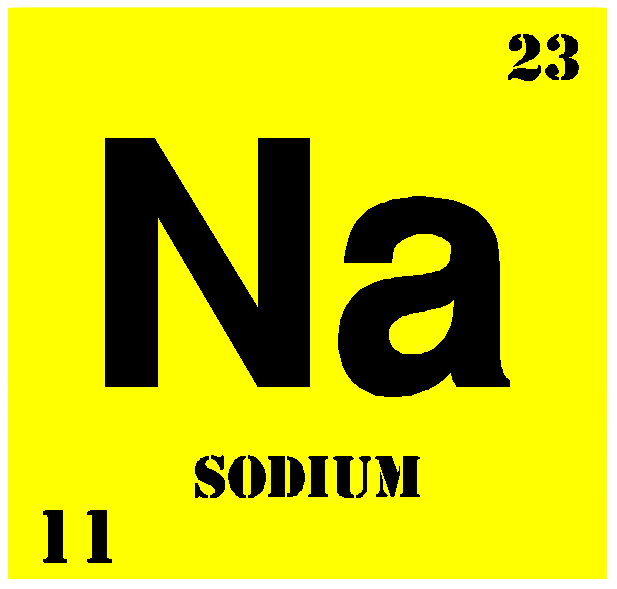The following content was provided by Registered Dietitian, Amanda Cassell.
Nothing says indulgence like a nice, big order of french fries, sprinkled with plenty of salt, and dipped into a big pile of ketchup. Mmmm!!!! Or, perhaps a big gooey slice of cheese pizza? Wonderful for your taste buds, but not so good for your sodium levels. If you've been trying to cut back on your sodium intake, with just a pinch of table salt on your baked potato and a dash on your scrambled eggs, be advised that a pinch here and a dash there can quickly add up to unhealthy levels! Consider that a single teaspoon of table salt has 2,325 milligrams (mg) of sodium, the equivalent of about four bottles of PowerBar Perform. Not too bad, if our body is going to use it during workouts. But, potentially quite harmful, if not. And it's not just table salt that we have to worry about. Unfortunately, many of the processed and prepared foods, that we eat everyday, already contain much of sodium that is recommended for our diet.
- Helps to maintain the right balance of fluids in your body
- Helps to transmit nerve impulses
- Influences the contraction and relaxation of muscles
- Processed and prepared foods -These foods account for the vast majority of sodium that we consume. These foods are typically high in salt, which is a combination of sodium and chloride, and in other additives that contain sodium. Processed foods include bread, prepared dinners (pasta, meat and egg dishes), pizza, cold cuts, bacon, cheese, soups, and fast foods.
- Natural sources -Some foods, such as all vegetables, dairy products, meat, and shellfish naturally contain sodium. While they don't have an abundance of sodium, eating these foods will add to your overall sodium intake. For example, 1 cup (237 milliliters) of low-fat milk contains about 107 mg of sodium.
- In the kitchen and at the table -Many recipes call for salt, and many people add it to their meals, at the table. Condiments may also contain a good amount of sodium. One tablespoon (15 milliliters) of soy sauce, for instance, has about 1,000 mg of sodium.
- Eat more fresh foods -Most fresh fruits and vegetables are naturally low in sodium. Also, fresh meat is lower in sodium than are luncheon meats, bacon, hot dogs, sausage and ham. Buy fresh and frozen poultry or meat that hasn't been injected with a sodium-containing solution. Check the label, or ask your butcher. Buy plain whole-grain rice and pasta, instead of those that have added seasonings. Make your own soups from scratch.
- Opt for low-sodium products -If you do buy processed foods, choose those that are labeled "low sodium."
- Use herbs, spices and other flavorings to enhance your foods -Use fresh or dried herbs, spices, zest from citrus fruit and fruit juices to jazz up your meals. And remember that sea salt is not a low sodium option!















Comments